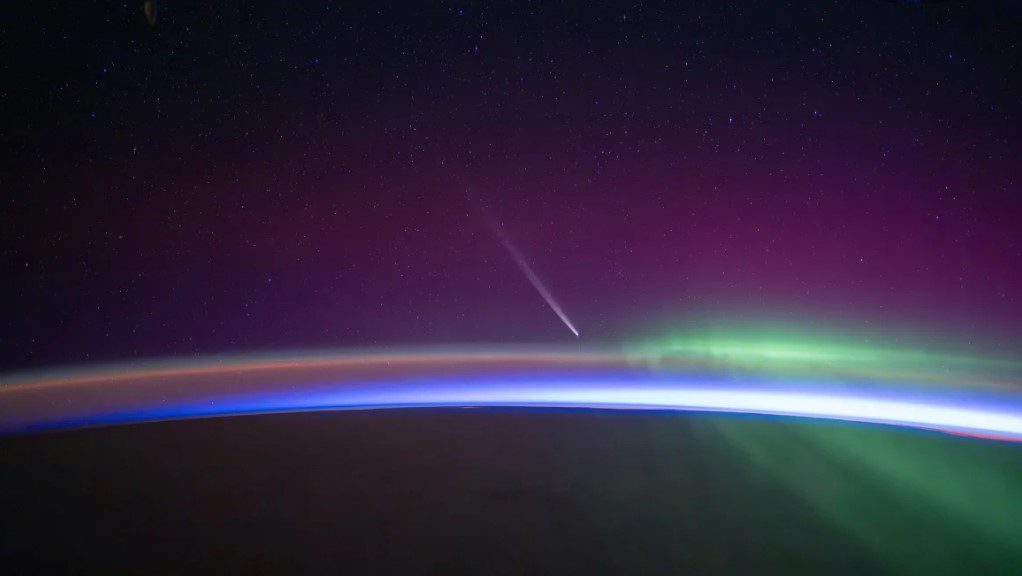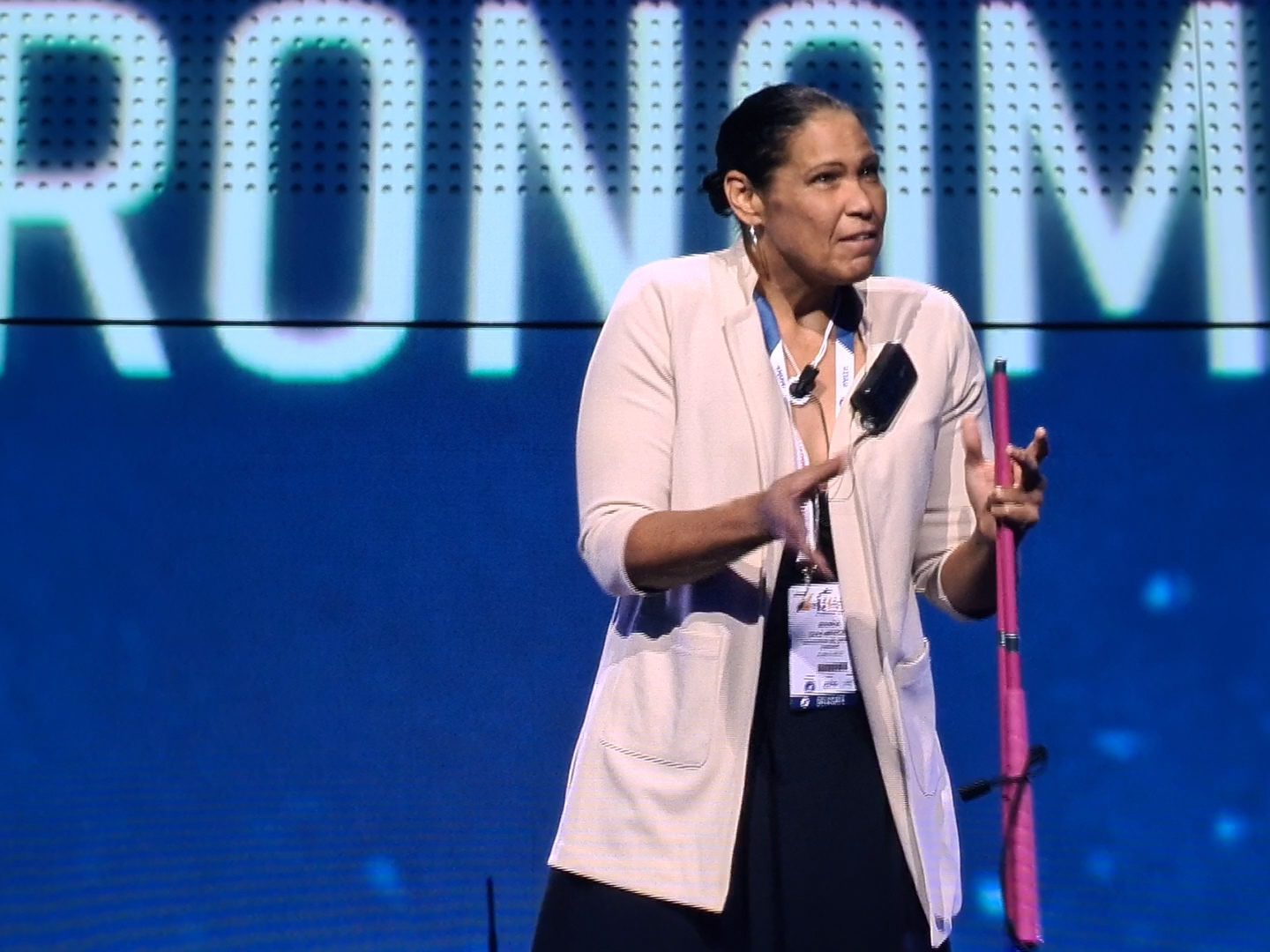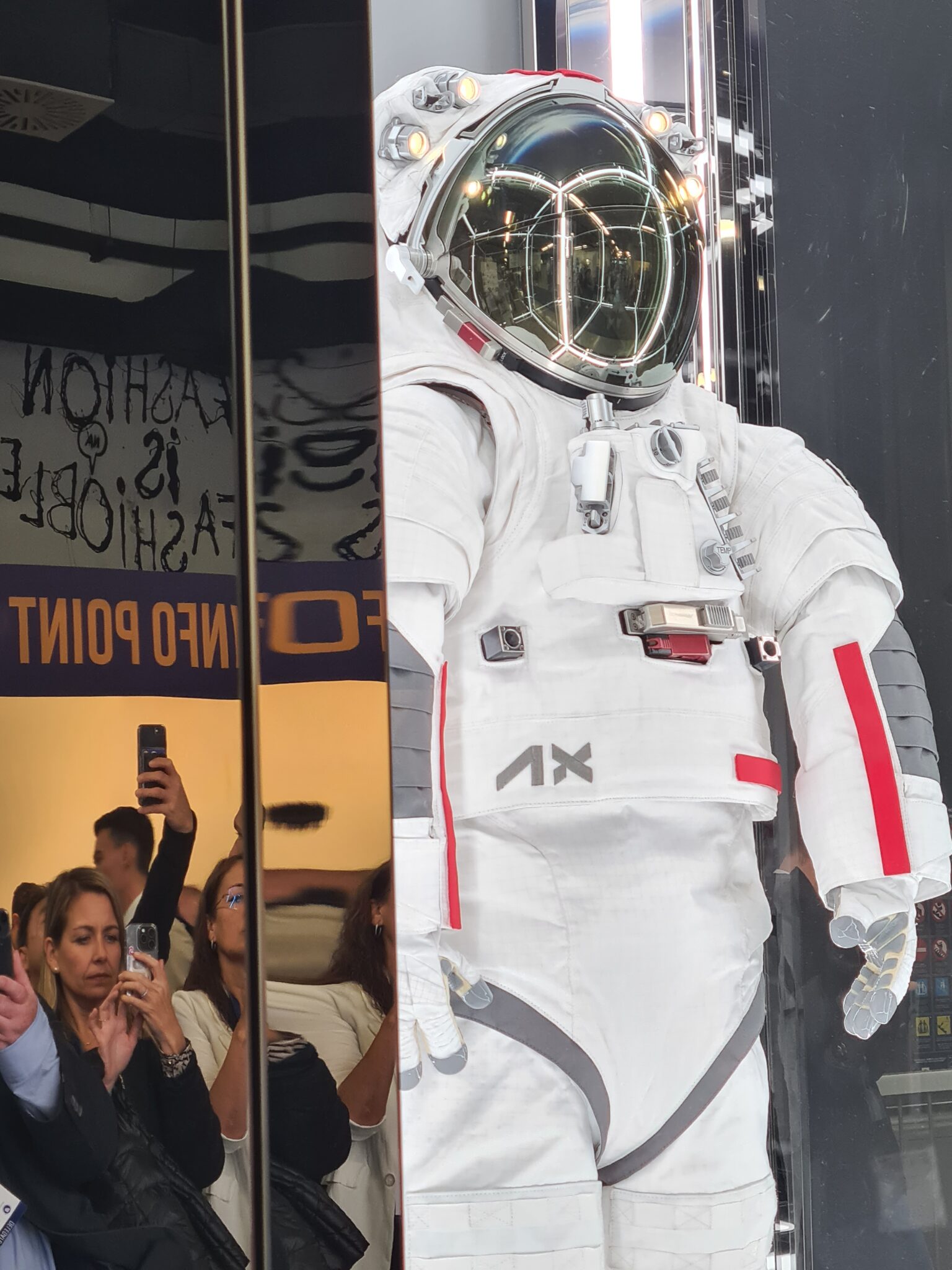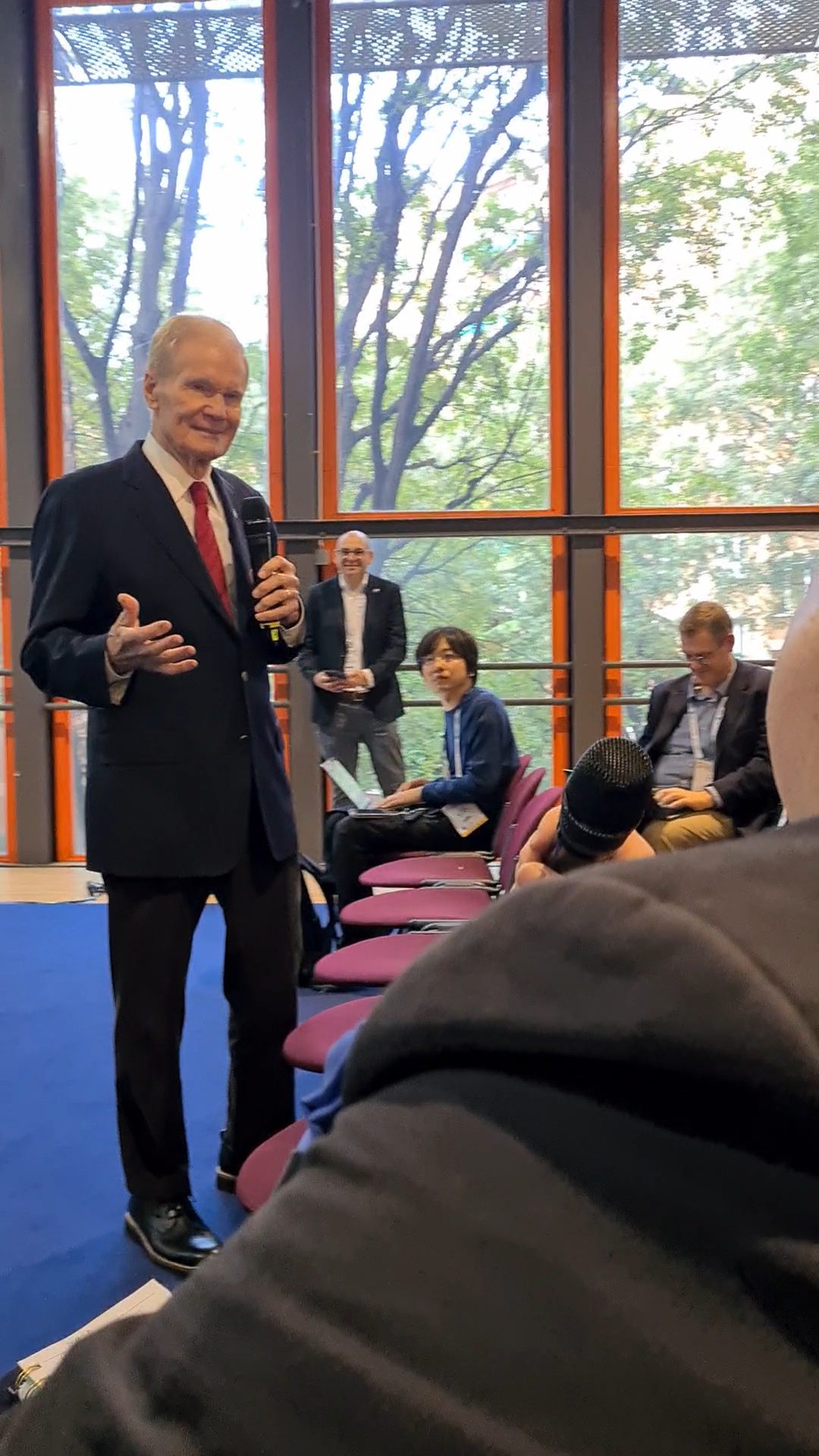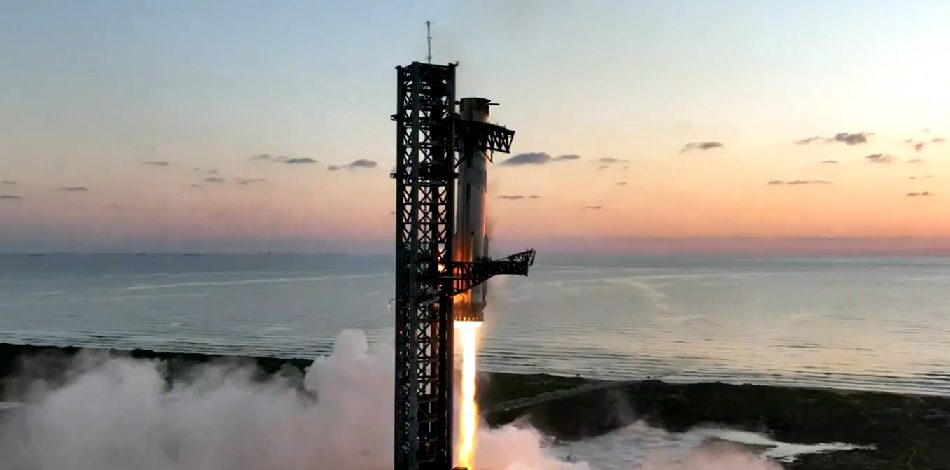On 20 November 2015, SpaceX was formally awarded a formal launch order from its NASA contract to carry NASA astronauts to the International Space Station. This was the second in a series of four guaranteed launch orders NASA is making to SpaceX and Boeing (two each) as part of their Commercial Crew Transportation Capability (CCtCap) contracts. Boeing received its first crew mission launch order in May.
NASA has not yet decided which of the companies will fly its crewed mission to the station first. The contracts call for orders to take place prior to certification to support the lead time necessary for missions in late 2017, provided the contractors meet readiness conditions. Boeing will use its Boeing CST-100 Starliner capsule launched on an Atlas V rocket for its missions. SpaceX will launch its Crew Dragon spacecraft using a Falcon 9R launch vehicle.
While Boeing was successful in the commercial crewed mission element of NASA contracts, it has had no success with its bid to launch cargo for NASA. Boeing itself has, for unspecified reasons, been deselected from the competition for the new US$3.5 billion contract to provide these cargo flights.
SpaceX with its initial unmanned Dragon craft, along with Orbital ATK and its Cygnus cargo vessel, are already providing cargo missions to the ISS under the original 2008 contract worth US$3.6 billion. As such, they remain it finds favourites to be selected for a series of follow-on cargo missions. While Sierra Nevada lost out in the crew competition, it has been allowed to bid for the new cargo mission contract with its Dream Chaser mini-shuttle spacecraft.
A final decision on which companies will be awarded contracts from this new contract has been delayed until 30 January 2016.

